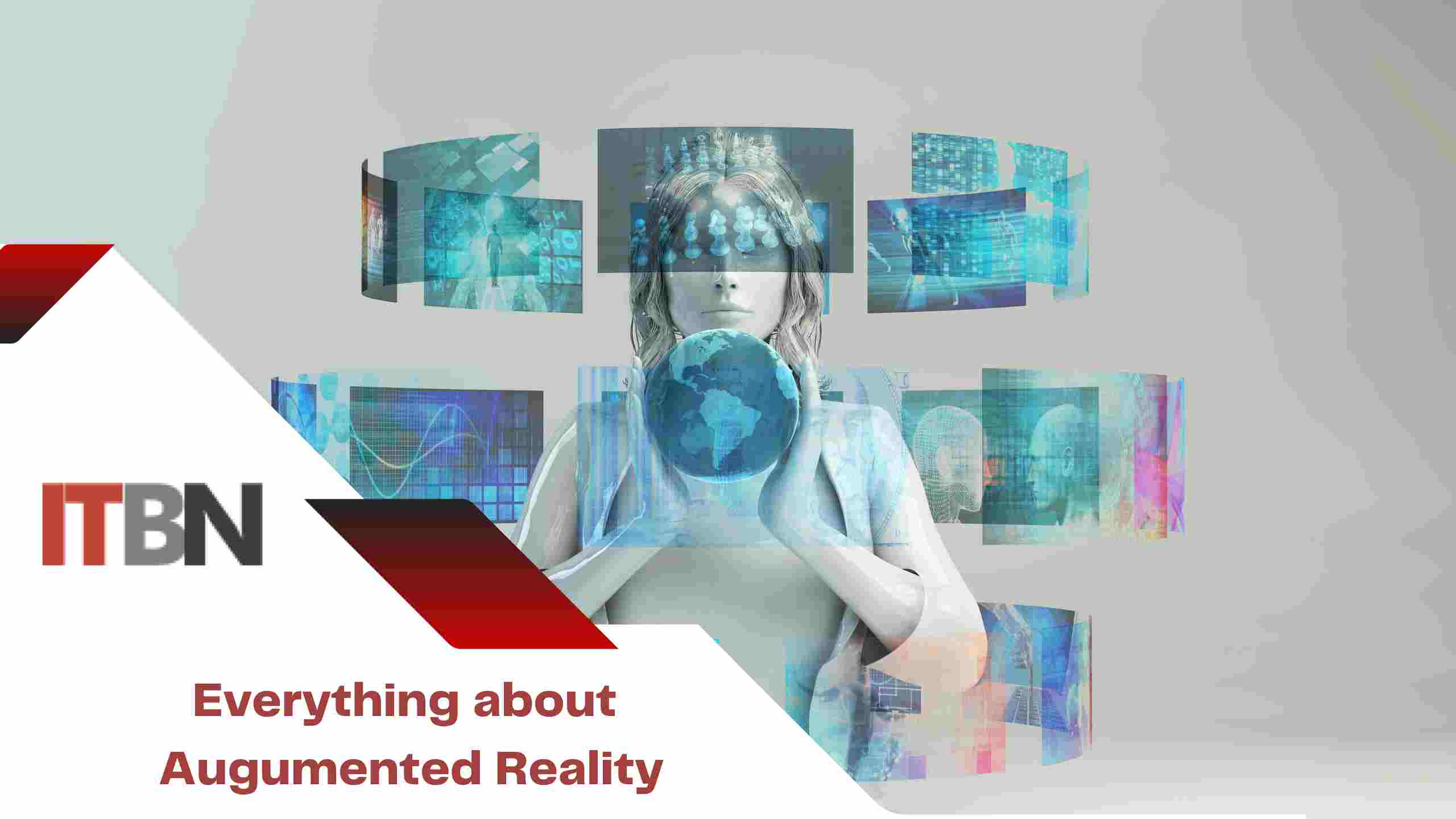Everything about Augmented Reality

Augmented Reality (AR) is a technology that allows digital content to be overlaid onto the real world, creating a hybrid reality that enhances the user’s perception of their surroundings. AR has the potential to transform many industries, from entertainment and gaming to education and healthcare. In this article, we will explore everything you need to know about augmented reality, including its history, how it works, and its applications.
History of Augmented Reality
Augmented reality is not a new technology; in fact, the first AR system was developed back in 1968. Ivan Sutherland, a computer scientist, created a head-mounted display that allowed users to see digital graphics overlaid onto the real world. Since then, AR has evolved significantly, with advances in mobile computing, computer vision, and machine learning.
How Does Augmented Reality Work?
There are two primary types of AR: marker-based and markerless. Marker-based AR requires a physical marker, such as a QR code or image, to trigger the digital content overlay. Markerless AR, on the other hand, uses computer vision and other technologies to recognize and track objects in the real world, allowing digital content to be overlaid onto them.
AR technology typically uses a camera, display, and computer processor to create the augmented reality experience. The camera captures the user’s view of the real world, while the computer processor analyzes the image and overlays the digital content onto it. The display then presents the final augmented reality experience to the user.
Applications of Augmented Reality
Entertainment and Gaming
AR has already made a significant impact on the entertainment and gaming industries. Pokemon Go, the popular mobile game that overlays digital creatures onto the real world, is a prime example of the potential of AR in gaming. Other games, such as Minecraft Earth and Wizards Unite, also use AR to enhance the gaming experience.
Advertising and Marketing
AR is also being used in advertising and marketing to create more engaging and interactive experiences for consumers. AR-enabled print advertisements and billboards can trigger digital content overlays, such as product demos or promotional videos, when viewed through a mobile device.
Education and Training
AR has the potential to transform the way we learn and train. AR-enabled textbooks and educational materials can provide interactive and immersive experiences, allowing students to explore concepts and topics in a more engaging and memorable way. AR is also being used for training purposes, particularly in industries such as healthcare and aviation, where immersive simulations can help trainees practice procedures and scenarios in a safe, controlled environment.
Retail and E-commerce
AR is also being used in retail and e-commerce to enhance the shopping experience. AR-enabled apps and websites allow consumers to visualize products in the real world, such as furniture or clothing, before making a purchase. This can help reduce returns and increase customer satisfaction.
Healthcare
AR is also being used in healthcare for a variety of applications, from assisting in surgical procedures to providing training simulations for medical students. AR can provide real-time guidance and feedback to surgeons, allowing them to perform procedures with greater precision and accuracy. AR can also be used to provide patients with interactive and informative experiences, such as visualizations of medical conditions and treatments.
Challenges of Augmented Reality
Despite the many potential applications of AR, there are also several challenges that must be addressed before widespread adoption can occur. One of the primary challenges is the need for specialized hardware and software. AR-enabled devices, such as smart glasses and smartphones, can be expensive and require specific hardware and software configurations to support AR applications.
Another challenge is the need for accurate tracking and recognition of real-world objects. In markerless AR, the computer vision algorithms must be able to accurately recognize and track objects in the real world, which can be challenging in complex environments.
Stay ahead with ITBusinessNews – Your trusted source for Technology and Business news. Fast & Precise




